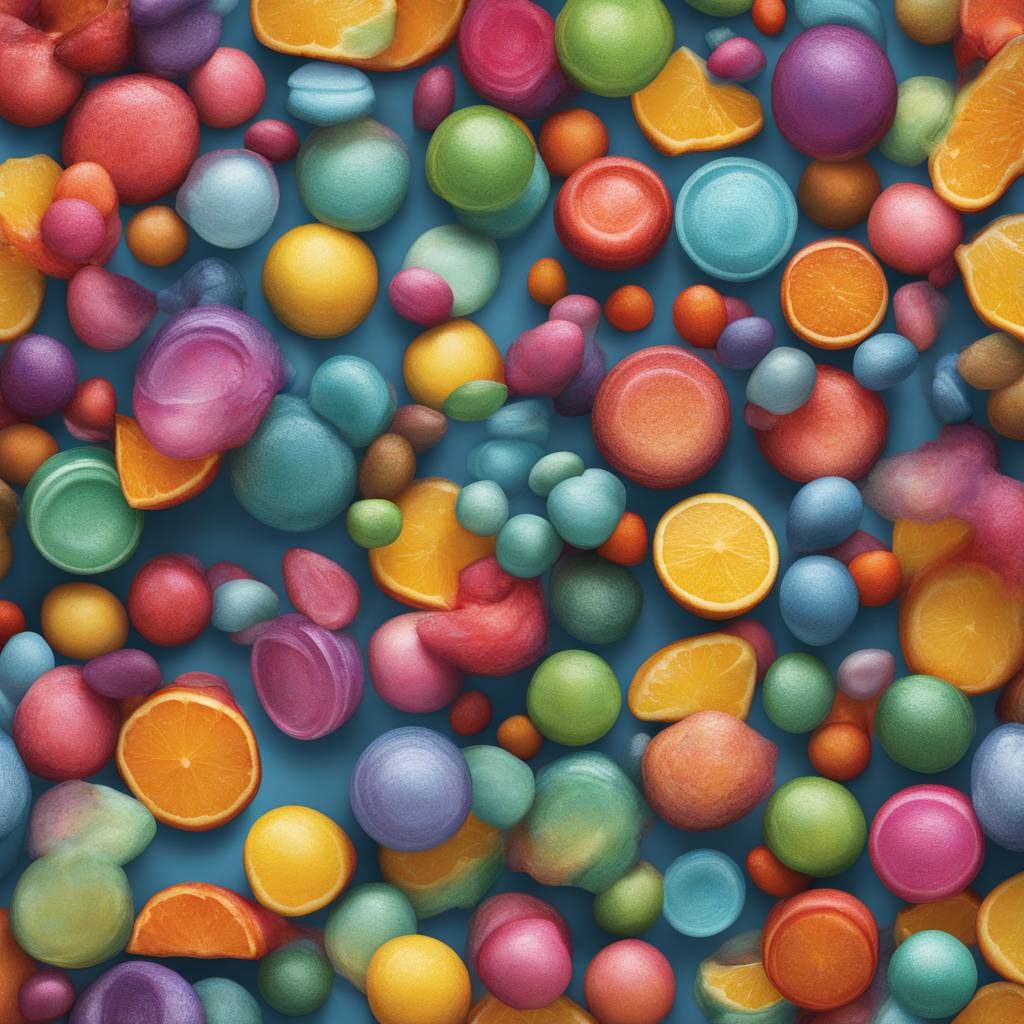Chemists often use model systems to develop and optimize new chemical reactions, demonstrating the versatility of the reaction through various substrates, a concept known as “scope.” However, the subjective selection of substrates can lead to a distorted view of the reaction’s potential applications. To address this issue, a team led by Prof Frank Glorius from the University of Münster has proposed a computer-aided method for selecting model substrates based on the complexity and structural properties of real pharmaceutical compounds. This approach aims to improve the quality of chemical reaction data, making it more informative and reducing biases in experimentation.
The team’s work, published in ACS Central Science, aims to standardize and objectify the development and evaluation of chemical reactions, challenging the traditional approach of conducting as many experiments as possible. By focusing on obtaining high-quality data about new chemical reactions, the researchers hope to lower barriers to their application in academia and industry. The use of unbiased data also facilitates machine learning applications, leading to a more comprehensive understanding of chemical reactions and their potential uses.
While previous attempts to evaluate chemical reactions have been limited to specific cases or structures tailored for a single reaction, the method proposed by the Münster team considers the entire structure of a molecule, making it universally applicable to any chemical reaction. By taking a holistic approach to substrate selection, the team aims to address biases in substrate choice that may skew the results of chemical reactions. This method allows for a more thorough evaluation of potential reactions and can provide more accurate and reliable data for researchers.
In the field of chemical synthesis, selecting the most suitable method for producing target compounds is crucial. Chemists must consider factors such as yield, environmental impact, and safety when developing new chemical compounds. As such, the development of versatile chemical reactions remains a key focus of current research. The team at the University of Münster has developed a method that uses molecular fingerprints to code approved active pharmaceutical ingredients and applies machine learning techniques to select test substrates for evaluating new chemical reactions in a bias-free manner.
By projecting thousands of potential test substrates into a space defined by active pharmaceutical ingredients, the team’s approach ensures that a representative sample of substrates is chosen to cover the entire space without biases. This method allows for a more comprehensive evaluation of new chemical reactions, providing researchers with unbiased data to support their work. By standardizing substrate selection and evaluation processes, the Münster team’s method aims to improve the quality and reliability of chemical reaction data, facilitating advances in chemical research and application.













